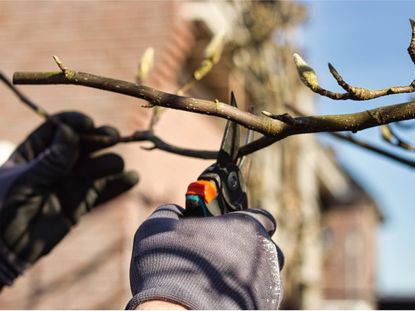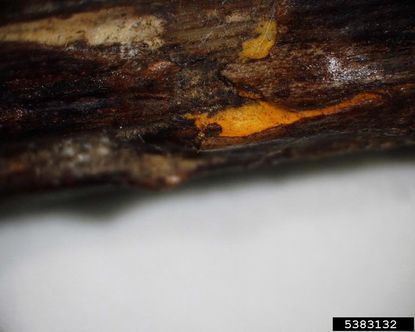Blackberries
Who hasn’t at one time or another picked a fresh batch of wild blackberries? The sweet juiciness of the berries being worth the stinging scratches left from the thorns. But why not take this adventure to new heights by growing blackberries in the home garden instead. Use the following tips to learn about caring for blackberry plants. Soon enough you’ll be harvesting your own scrumptious blackberry fruits.
-
Blackberry Orange Rust Treatment: Managing Blackberries With Orange Rust
Fungal diseases can take many forms. Some symptoms are subtle and barely noticeable, while other symptoms may stand out like a bright beacon. Learn more about the symptoms of blackberries with orange rust in the article that follows.
By Darcy Larum
-
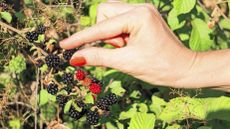
Picking Blackberries: How And When To Harvest Blackberries
Since blackberries don't ripen after they've been picked, they have to be picked when they're dead ripe. As a result, you do have to know what you're doing when you're picking blackberries. Learn more about when and how to pick blackberries here.
By Liz Baessler
-
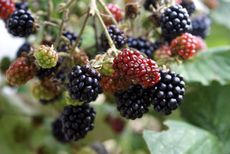
Fertilizing Blackberry Plants – Learn When To Fertilize Blackberry Bushes
Fertilizing your blackberry plants will give you the highest yield and the largest juiciest fruit, but how do you fertilize your blackberry bushes? Click here to find out when to fertilize blackberry bushes and other specific blackberry feeding requirements.
By Amy Grant
-
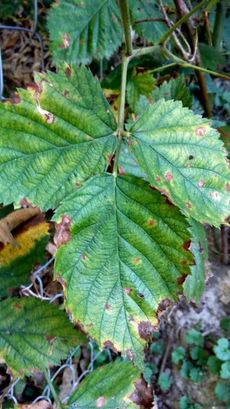
Diseases Of Blackberries - What Is Blackberry Calico Virus
It's important to familiarize yourself with the diseases of blackberries and their remedies. A common problem is blackberry calico virus (BCV). Learn more about this disease and what to do for it in the following article.
By Kristi Waterworth
-
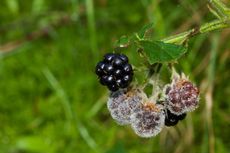
My Blackberries Are Rotting: Reasons For Fruit Rot Of Blackberry Plants
Fruit rot of blackberry is difficult to control once the disease is established. Click the article that follows to learn about blackberry fruit rot causes and steps you can take to prevent this pervasive disease from occurring in your garden.
By Mary H. Dyer
-
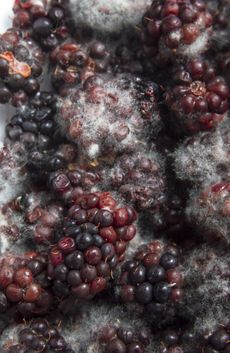
Blackberry Penicillium Fruit Rot: What Causes Fruit Rot Of Blackberries
There are not many more disappointing things than finding fruit rot of blackberries. It may occur in already picked fruit or it may be seen on the plant. In either case, it makes the fruit soft, moldy, and inedible. A few tips can help you preserve your harvest. Learn more here.
By Bonnie L. Grant
-
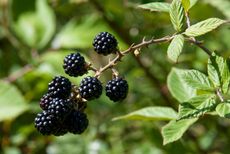
Propagating Blackberries - Rooting Blackberries From Cuttings
Propagating blackberries is easy. These plants can be propagated by cuttings, suckers, and tip layering. Read this article to learn how to propagate blackberry plants using all these methods.
By Nikki Tilley
-
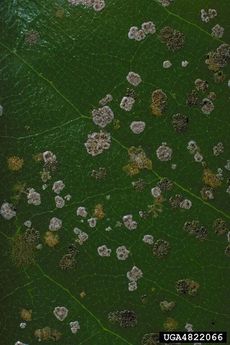
Blackberry Algal Spot – Treating Algal Spots On Blackberries
In many cases, blackberries with algal spots will still produce a good crop of berries, but in the right conditions and when severe, the infection can really take a toll on canes. It's important to look for signs of algal spot in warm, humid climates. This article will help with that.
By Mary Ellen Ellis
-

Galls On Blackberries: Common Blackberry Agrobacterium Diseases
Resilient the canes may be, but even blackberries are susceptible to diseases, including several agrobacterium diseases of blackberries that result in galls. How can blackberry agrobacterium diseases be managed? Find out in this article.
By Amy Grant
-
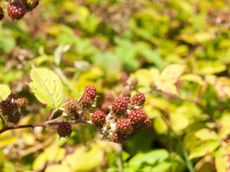
Blackberries Not Ripening – What To Do When Blackberries Won’t Ripen
If you have unripe blackberry fruit on your vines when you should be harvesting, it can be a major disappointment. Blackberries aren't the pickiest plants, but not watering them adequately can lead to unripe fruit. A particular pest may also be the culprit. Learn more here.
By Mary Ellen Ellis
-
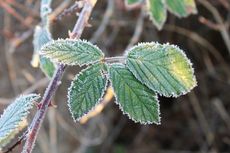
Blackberry Bushes In Winter – How To Protect Blackberry Plants
Most gardeners can grow blackberries, but those in colder areas will have to think about blackberry bush winter care. If your temperatures dip below freezing, you'll want to learn how to protect blackberry plants in winter. For more information, click here.
By Teo Spengler
-
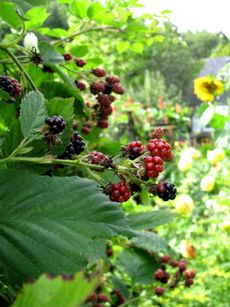
Blackberry Companion Plants: What To Plant With Blackberry Bushes
Companion plants for blackberry bushes can help those brambles thrive, if you choose the right ones. For information about what to plant with blackberry bushes, this article will help. Companion plants makes your berry patch prettier, healthier or more productive.
By Teo Spengler
-
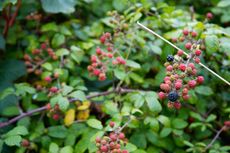
What Blackberries Are Invasive: How To Control Blackberry Plants
Cultivated species of blackberry are well-behaved plants that need only a little pruning to keep them manageable, but invasive species can be very difficult to control. Read here to find out about identifying and controlling invasive blackberries.
By Jackie Carroll
-
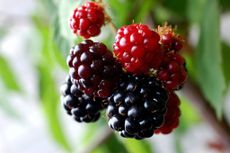
Silvanberry Planting - How To Grow Silvanberries
A newer blackberry variety is in town and it's called the silvanberry blackberry. So what are they and how do you grow silvanberries? Read this article to learn more about these blackberries.
By Amy Grant
-
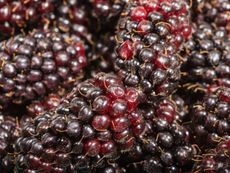
What Are Marionberries: Learn About Marionberry Growing And Care
Marion blackberries have many qualities over other blackberry varietals. Read the following article for further information about this plant and begin growing Marion blackberry in your garden.
By Amy Grant
-
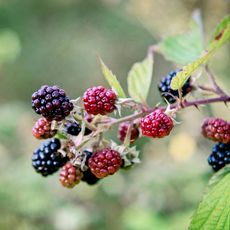
The History Of Blackberries In Cultivation
By Amy Grant
-
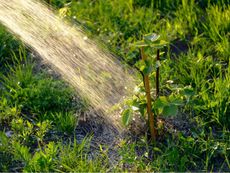
Watering Blackberries – When To Water Blackberry Bushes
Watering blackberries sufficiently will yield the largest, juiciest fruit. So how much water do blackberries need? Find out in this article.
By Amy Grant
